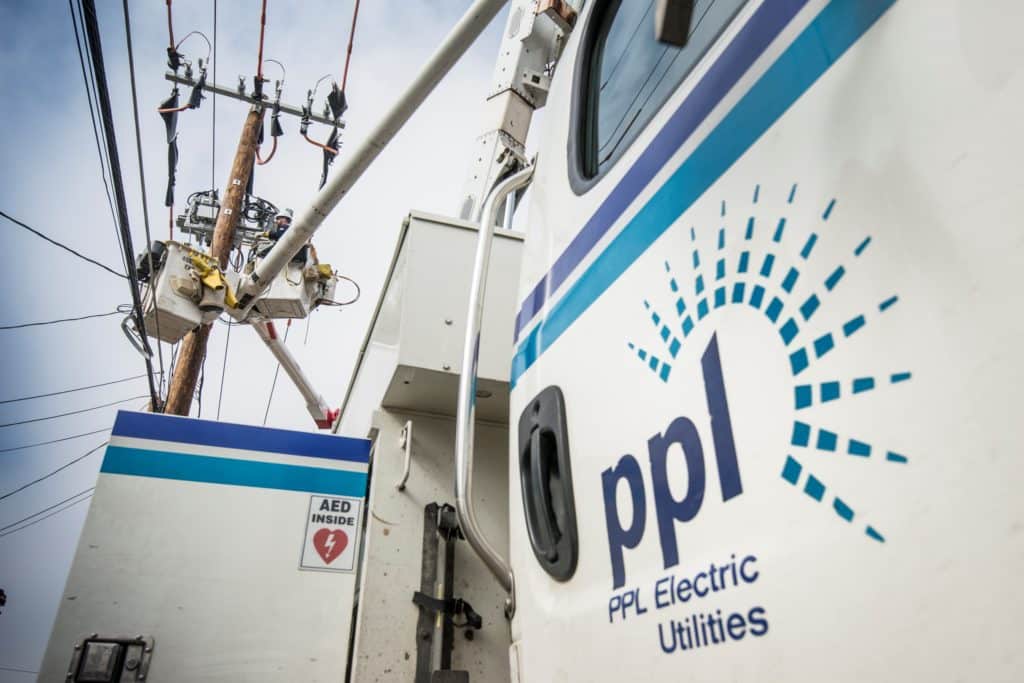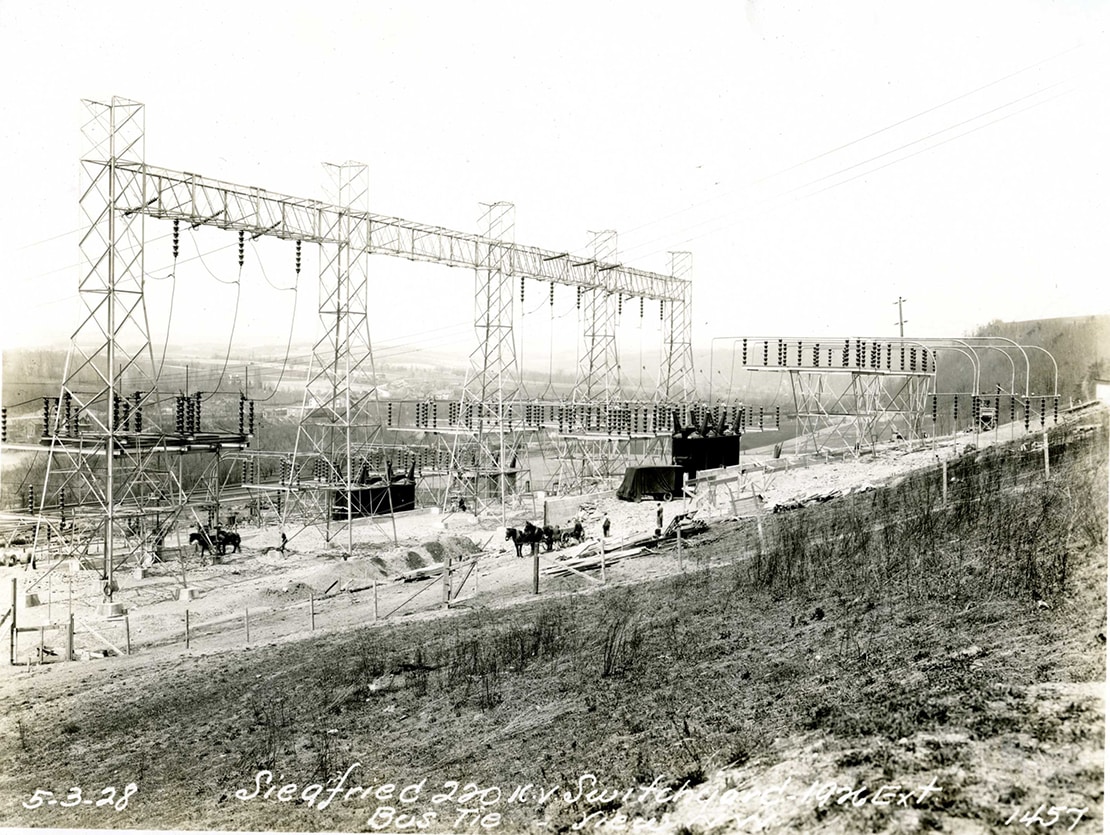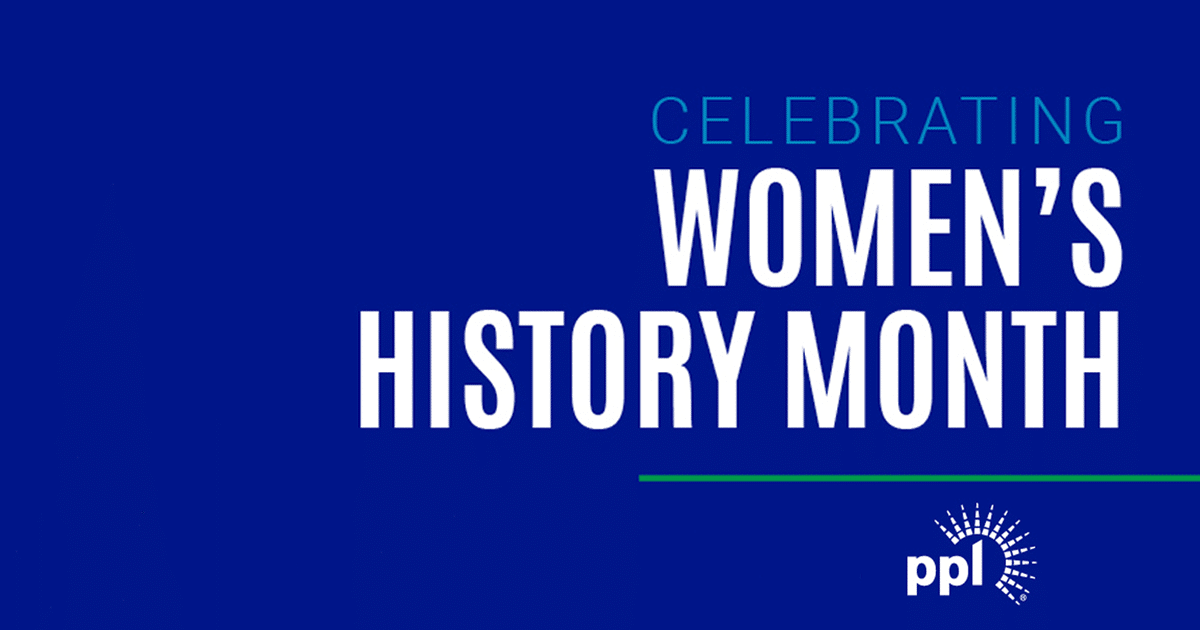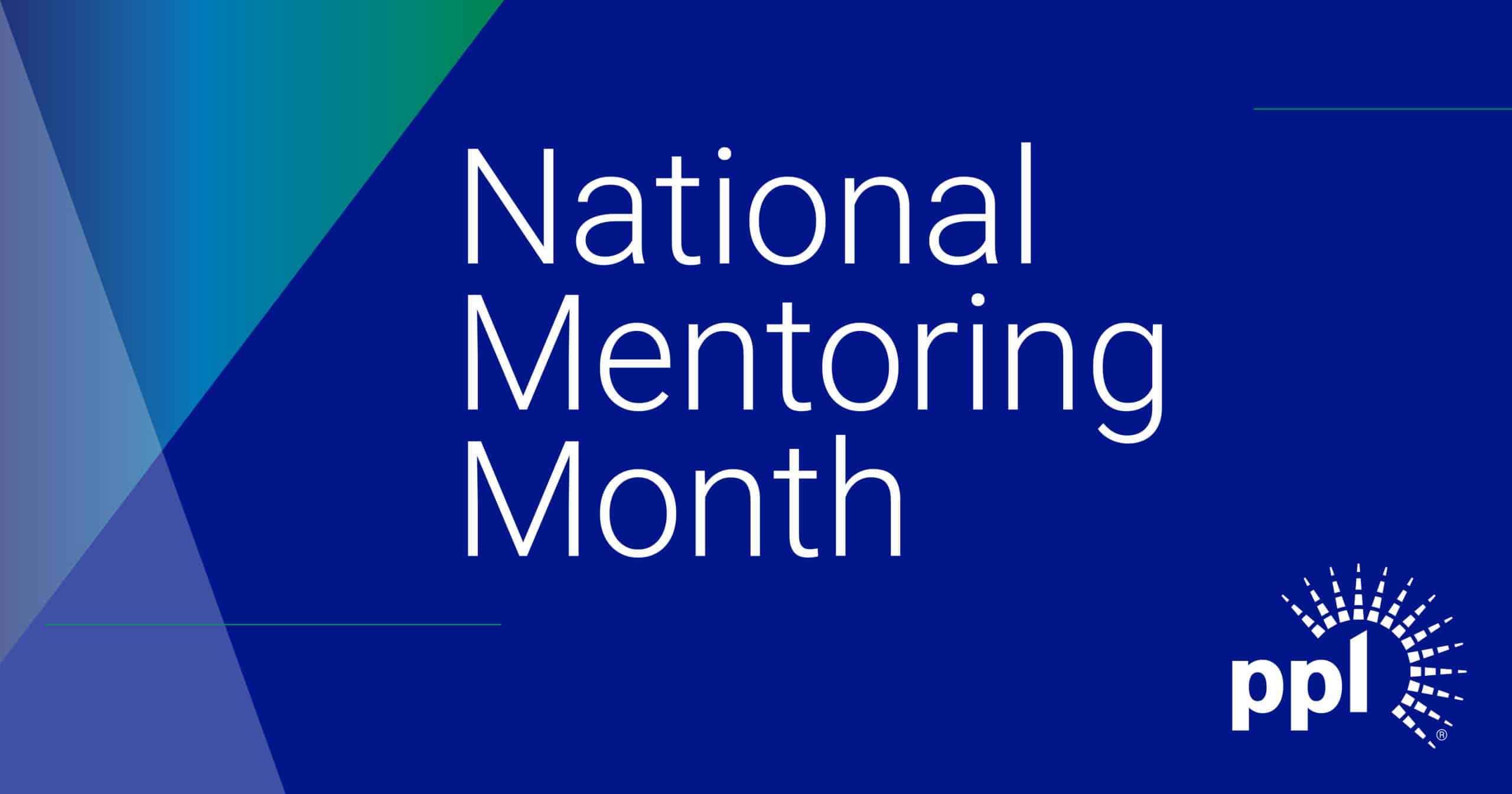PPL is powering lives, communities, organizations, governments and businesses every second of every hour of every day.
From the patchwork quilt of local electricity grids in the 1920s to the two-way smart grid of today, PPL has consistently anticipated and adapted to the demands of an ever-changing energy landscape. By putting customers first, we have provided the foundation for industry to thrive, families to prosper and communities to grow for a century.
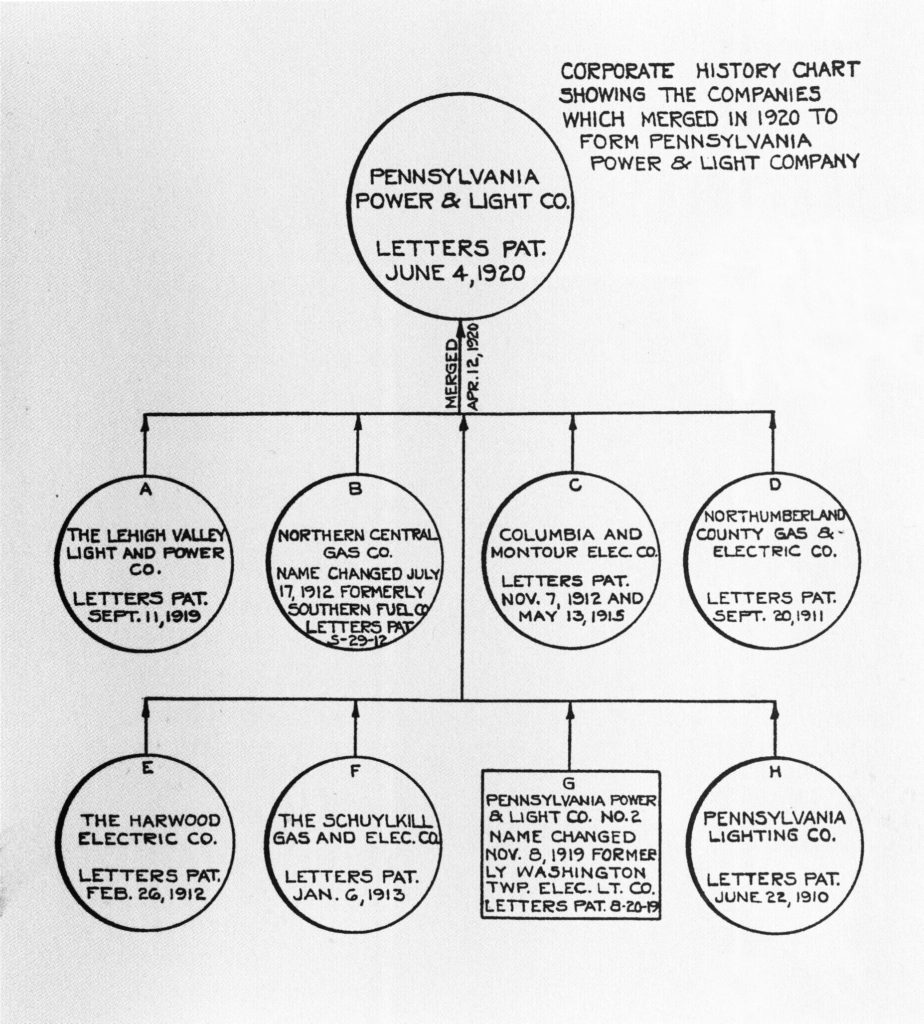
The Early Years: Powering Industry
Pennsylvania Power & Light Company (PP&L) was created in 1920 through the consolidation of eight electric companies. At its inception, the PP&L system included 62 power plants tied together by 416 miles of high-voltage transmission lines in central and eastern Pennsylvania.
On the heels of World War I, the regions PP&L served were on the precipice of booming industrial growth in steel, textile, machine shops and foundries. PP&L’s founders eyed development of a modern regional utility capable of serving as a catalyst for further economic and industrial growth.
At the same time, only a small fraction of eastern and central Pennsylvania residents were served with electric power – a testament to the significant work to come in extending an electric distribution system throughout the region.
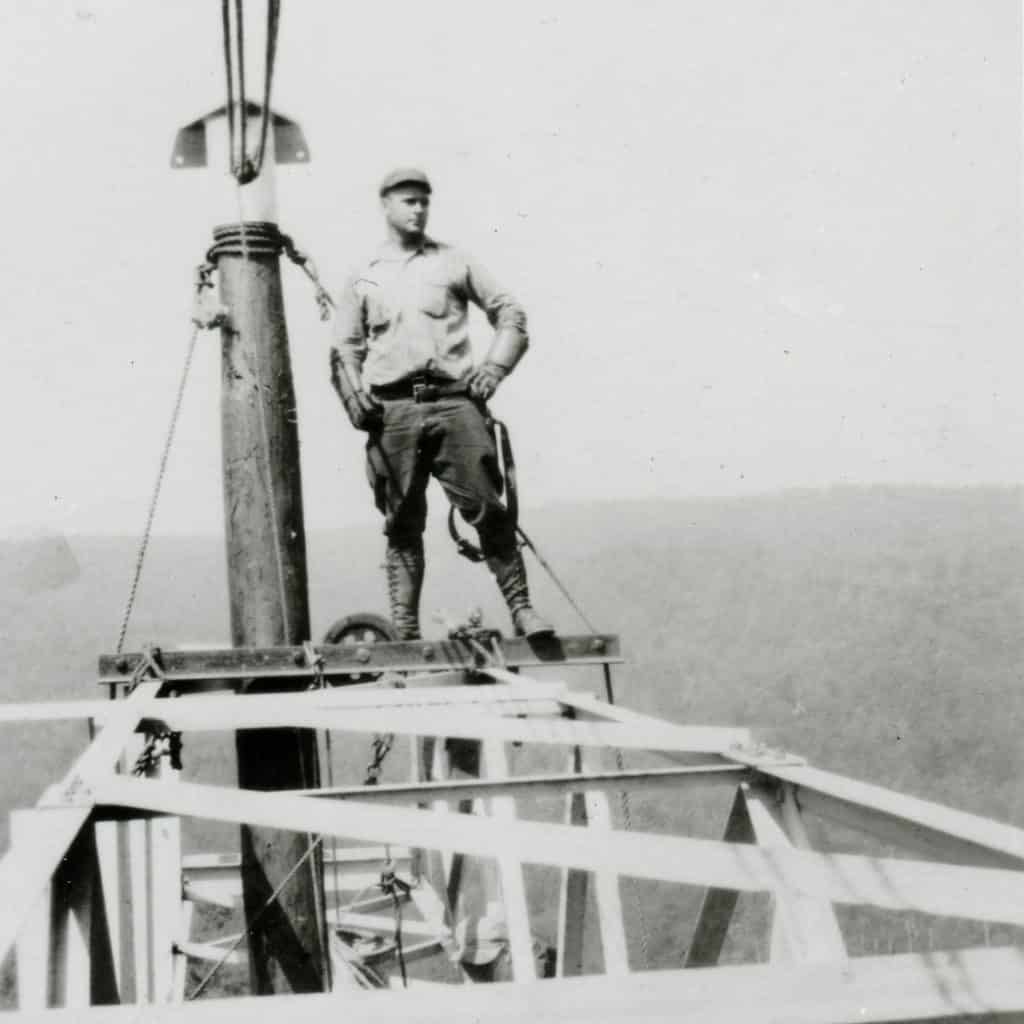
PP&L’s founding fathers were united in their mission to create a regional network out of the isolated electric utilities to serve as a catalyst for further economic and industrial development.
In 1927, PP&L, Public Service Electric & Gas Company (PSE&G) and Philadelphia Electric Company signed an agreement to form the Pennsylvania-New Jersey Interconnection Network (PNJ).
The backbone of the PNJ was a 220,000-volt ring system that interconnected the utilities’ electricity networks and power generation capacity.
This new system gave the electric companies and their customers the economic benefits of a large, shared system while allowing each utility to maintain its own identity, a feat that other regions of the U.S. would not be able to accomplish for another two decades.
During this time, PP&L completed the last major acquisition of the early stages of its history, merging 21 utility companies in the Lancaster area, which added a substantial number of rural and farm customers.
Mid-Century Modernization: Electrification of the Home
By the end of 1948, then PP&L President Charles E. Oakes noted that 116 new industries had moved into the company’s service area.
“This means more people, more new homes and commercial establishments and an improved market for local farm products,” Oakes said in his forecast for the Allentown Evening Chronicle.
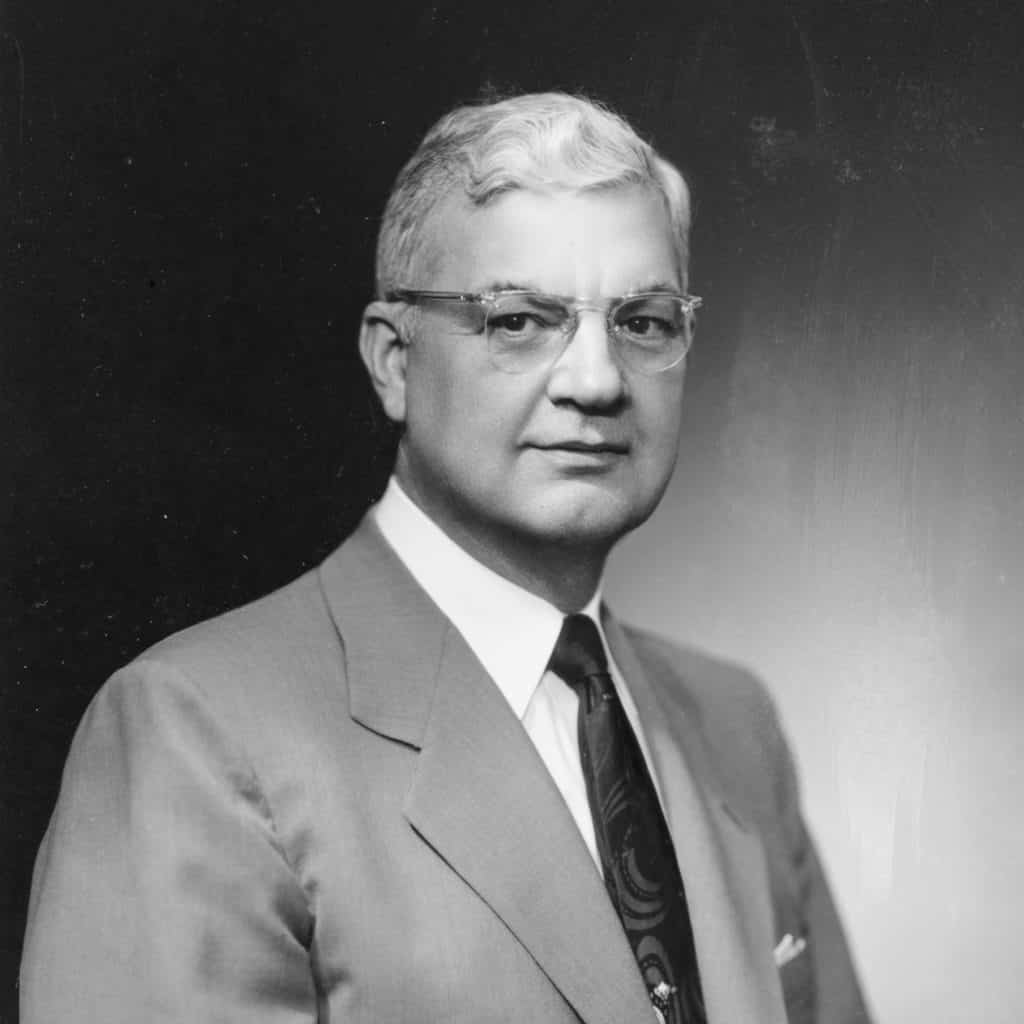
By the 1950s PP&L was experiencing year-over -year demand growth for electricity as central and eastern Pennsylvania experienced a major postwar resurgence. Having just completed the construction of six new transmission lines, totaling more than 130 miles, the company was well-equipped to meet this growing demand.
As industry boomed and the constraints of the Great Depression and war lifted, the demand for home electrical appliances skyrocketed. In 1946, before wartime restrictions had been fully lifted, less than 20,000 refrigerators had been sold in PP&L’s service territory. Five years later, more than 62,000 refrigerators had been sold to PP&L customers. During this decade, the television also became a fixture in American households, upping electrical demand.
In late 1959, PP&L began promoting electric heating for homes. When the company began a concerted effort to sell electric heat in 1961, there were only about 1,000 PP&L customers using electric home heating.
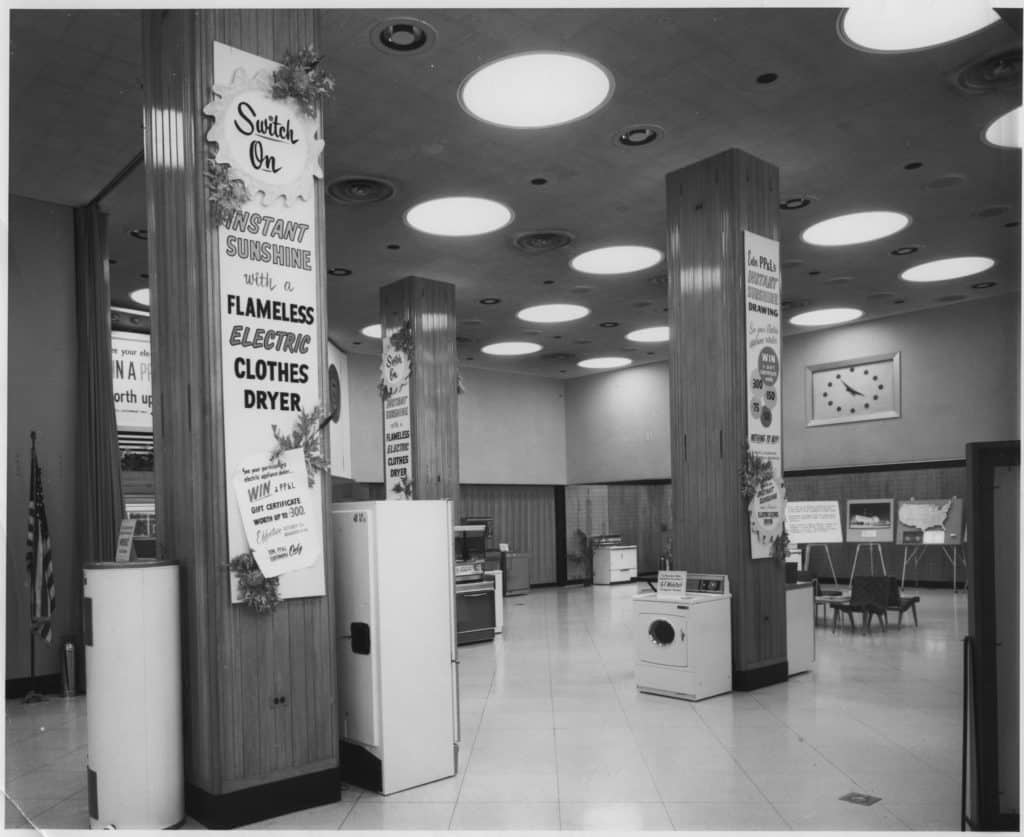
By 1964, the number had increased six-fold and then doubled to nearly 14,000 electric home heating customers by early 1967. With new construction in the PP&L territory increasingly being built with electric heat, by 1967 the number of new dwellings built with electric heat had more than quadrupled, to 38%.
PPL customers raved about the comfort of electric heat.
“It was the most comfortable winter we’ve had—absolutely,” wrote Mr. C.L. Mentzer of Valley View.
“Electric home heating lets us use all of our basement and keeps our home cleaner,” wrote Joseph M. Lundlum of Paxtang
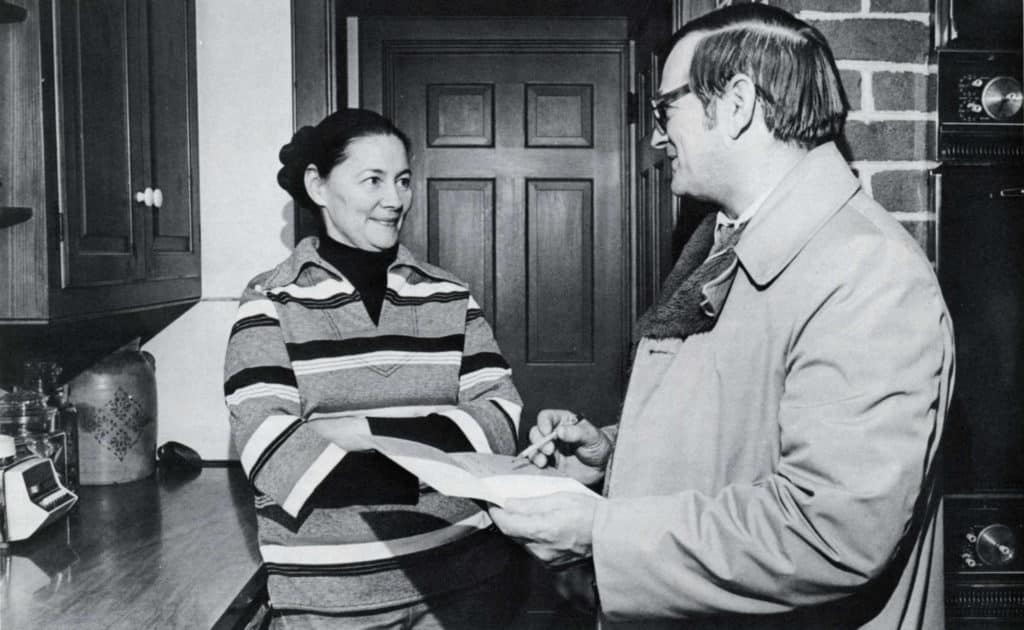
Deregulation: The Power of Choice
In 1981, the company surpassed the 1 million customer mark as its customer base continued to expand.
In 1984, the company achieved another milestone, completing the construction of the Susquehanna Nuclear Generating Power Plant. Once fully operational, the plant was capable of producing 63 million kilowatt-hours of electricity per day. Completion of the Susquehanna nuclear plant essentially marked the end of a decades-long era of construction.
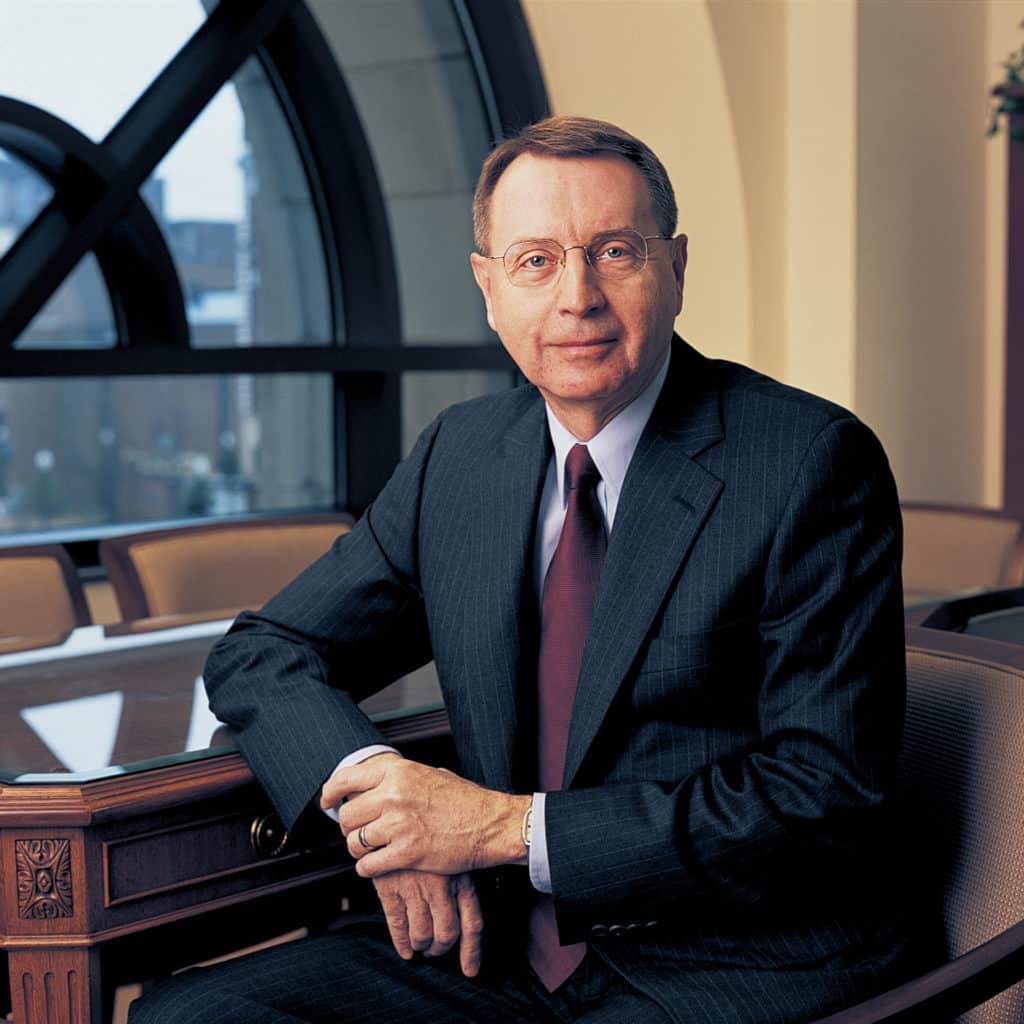
It was evident that the industry was in flux. Regulatory and legislative changes ushered in independent power producers and growth opportunities from core electric utility businesses began to slow. As a result, the electric industry entered an era of consolidation and deregulation in the 1990s. PP&L was already preparing to meet these changes.
Bill Hecht, PPL chairman and CEO from 1993 until 2006, addressed these changes at the 1993 Annual Meeting of Shareowners saying, “the rules of our business are changing. The electric utility industry has entered a new age of opportunity. We can turn challenges into opportunities only by managing change.”
Thus began a monumental restructuring of PP&L from a fully-regulated, traditional utility that generated, transmitted and distributed power to a functionally organized electric power supplier in a competitive environment.
In 1998, PP&L became the first utility to receive a license from the Pennsylvania Public Utility Commission to sell electricity and energy services in the state’s newly formed competitive power market.
“Our responsibility is to manage the business for the future as well as our predecessors managed it for us. And that means anticipating change and being involved in it,” Hecht said.
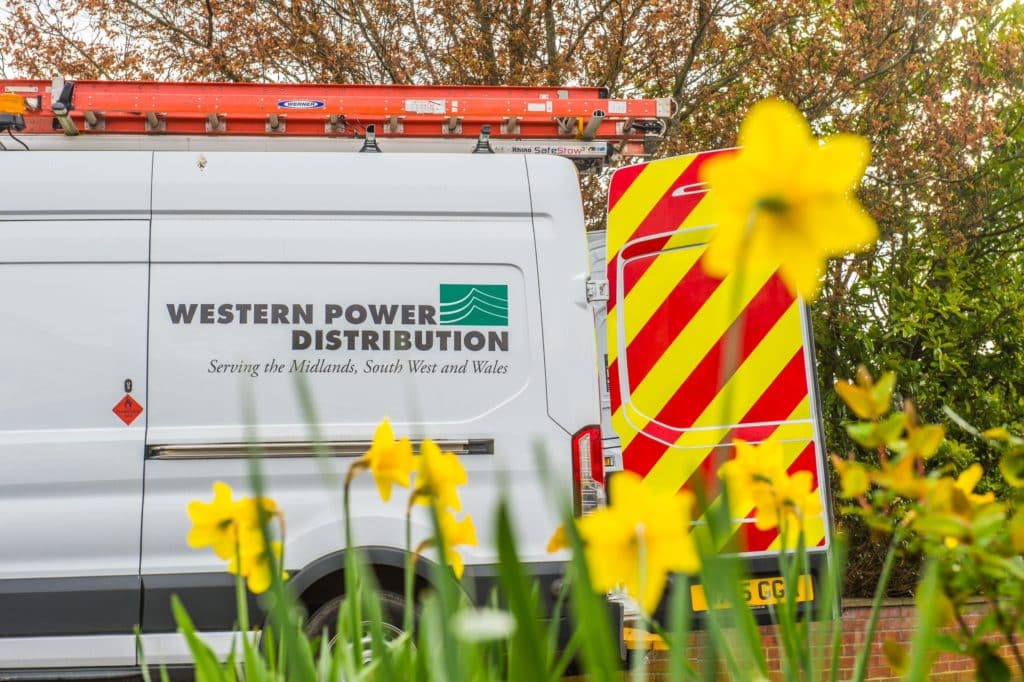
Laser-focused Regulated Utility
Anticipating significant challenges in the competitive generation market in the late 2000s, PPL sought to fundamentally transform itself into a significantly larger, more financially robust company with regulated utilities playing a much larger role in the company’s overall business mix.
In 2010, the company acquired Louisville Gas and Electric and Kentucky Utilities. Shortly on the heels of these major acquisitions, PPL added two additional utilities to the two it already owned in the United Kingdom. These bold moves increased PPL’s total assets by about 80% and more than doubled the number of customers served by PPL companies.
To further reduce risk and provide shareowners clear investment choices, PPL boldly spun off its competitive generation business in June 2015, completing its multi-year transition into a purely regulated utility business with stable, predictable earnings growth.
PPL also launched one of the most comprehensive infrastructure improvement strategies in its history, investing billions of dollars to build a stronger, smarter and more resilient electric grid.
These efforts continue today, and PPL’s investments in technology and innovation are helping the company meet the demands of an increasingly interconnected world while delivering superior service and reliability to customers.
“Over the past five years, we’ve transformed PPL into one of the top 10 utility companies in the U.S., and reshaped it in ways that have preserved and grown value for our shareowners. Today, we are poised to continue that growth as a fully regulated business with a strong dividend and seven award-winning utilities that consistently deliver for customers and shareowners,” said William H. Spence, PPL chairman, president and chief executive officer on June 1, 2015.
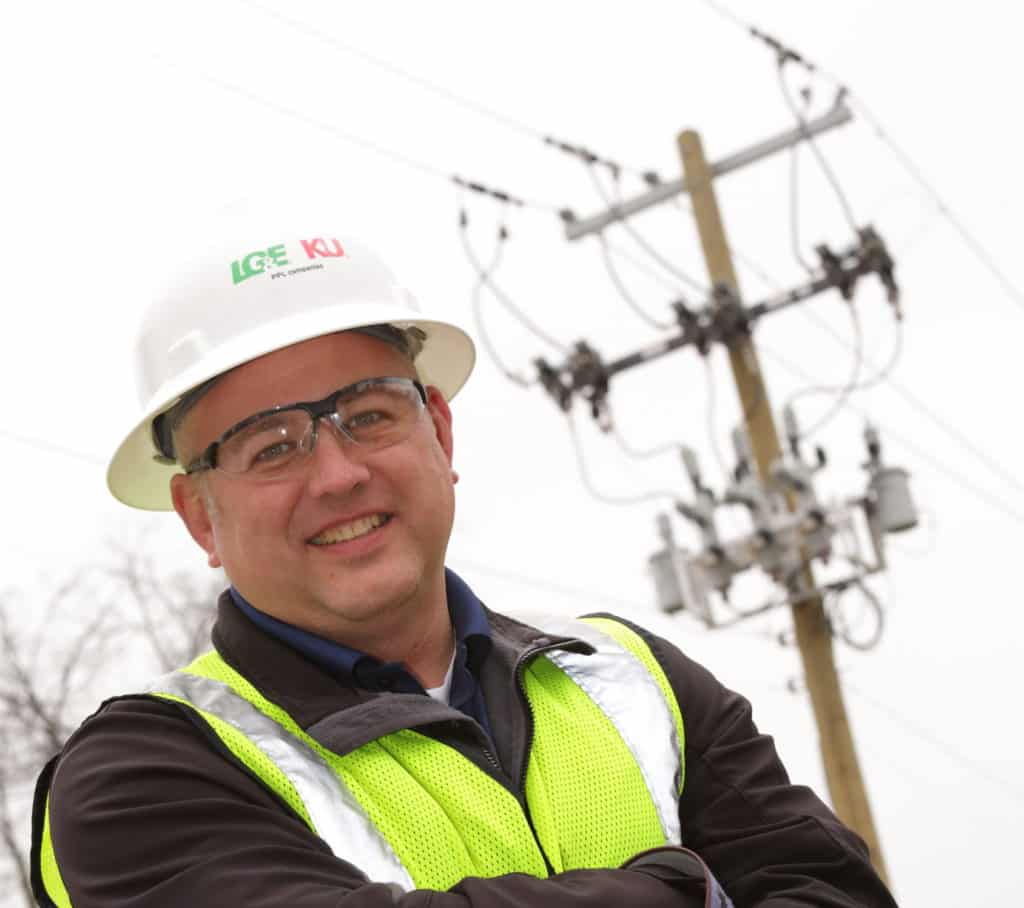
One hundred years since its inception, PPL’s journey continues, bridging the past to the future and preparing for another pivotal time for our industry. And, once again, we are here to help propel and embrace the change.
We’re investing in new technologies to reshape not only how we deliver power, but how we produce it; investing in our employees who do extraordinary things; and investing in our communities to help them grow and prosper.
Importantly, this means we’re powering lives, communities, organizations, governments and businesses every second of every hour of every day. This is how we invest our energy at PPL, and we’re grateful for the generations of customers we’ve been privileged to serve.
